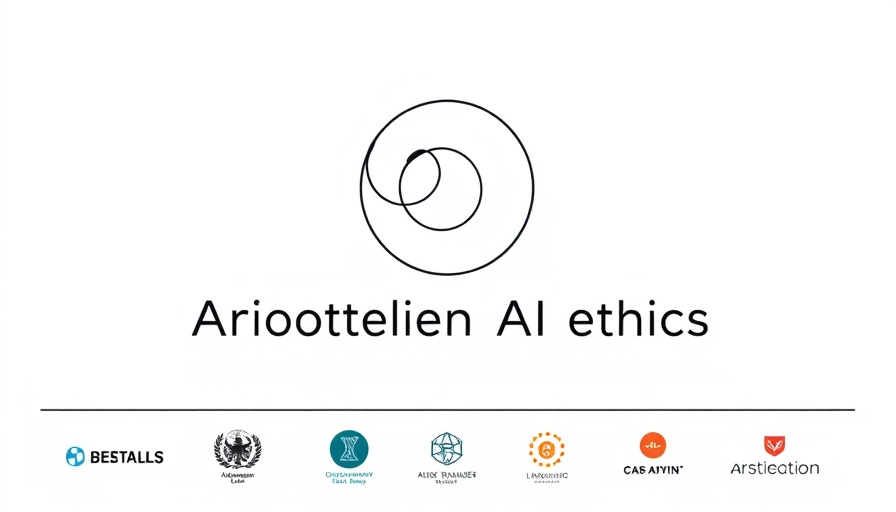
Understanding Humans in the AI Loop
The role of humans in artificial intelligence (AI) has evolved significantly as technology advances. Leading companies are now implementing systems where human judgment complements AI capabilities to build a practical and trustworthy AI framework. This collaboration between humans and machines is essential as we navigate the complexities of ethical considerations, reliability, and accountability.
Historical Context: The Rise of AI
Artificial intelligence has progressed from simple automation of repetitive tasks to sophisticated algorithms that can learn and adapt. In the early days, AI systems relied heavily on rigid, deterministic rules. However, with breakthroughs in machine learning, particularly deep learning, AI has developed the capacity to analyze vast amounts of data and derive insights. Yet, as capabilities grow, so does the necessity for human oversight.
Why Human Oversight is Crucial
Trustworthy AI hinges on the ability to understand and trust AI decisions. Systems without human oversight can lead to ethical issues, such as bias in algorithms or decisions made without consideration for context. Companies that integrate human oversight into their AI processes are taking significant steps to address these challenges. For instance, organizations like Google and Microsoft employ teams to regularly review AI outputs and ensure they align with ethical guidelines.
Real-World Applications of Human-AI Collaboration
Several industries are successfully leveraging human-AI collaboration. Healthcare is a prime example where AI supports diagnostic tools while medical professionals provide context and nuanced judgment. A study by the American Medical Association highlights that AI can assist in identifying diseases early, but human doctors crucially interpret these data points to make informed decisions about patient care.
Counterarguments: Challenges of Humans in the Loop
Despite the benefits, integrating humans into AI systems is not without challenges. There are concerns about the scalability of these systems. Can human oversight keep pace with the rapid evolution of AI technology? Additionally, there is the question of training employees to effectively work with AI, ensuring they can interpret its outputs correctly. Companies must invest in both technological infrastructure and employee training for these collaborations to be successful.
Future Trends: Where is AI Heading?
As AI technology continues to advance, the relationship between humans and machines will become increasingly collaborative. Future AI will likely possess enhanced learning capabilities that allow it to work even more effectively alongside humans. The adoption of explainable AI will also empower users to understand the decisions made by systems, facilitating better collaboration. Companies that adapt early to these trends will secure a competitive edge in their industries.
Your Role in the AI Conversation
As technology evolves, so does the importance of participating in discussions about AI and its place in society. Engaging in these conversations helps shape the future of AI, ensuring it remains ethical and beneficial. Whether you are a technology enthusiast, an industry professional, or a curious individual, your voice matters in the evolving landscape of AI.
 Add Row
Add Row  Add
Add 




 Add Row
Add Row  Add
Add 

Write A Comment